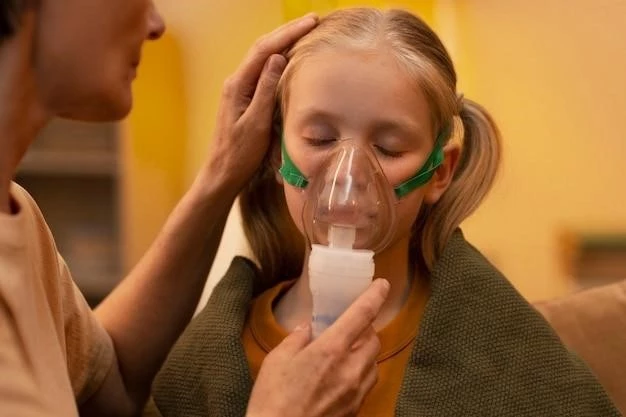Overview of Saethre-Chotzen Syndrome
Saethre-Chotzen syndrome is a genetic disorder where some seams of the skull fuse too early in prenatal development. It is a rare type of craniosynostosis.
Definition and Pronunciation
Saethre-Chotzen syndrome‚ pronounced SAYTH-ree KOHT-suhn‚ is a rare genetic disorder characterized by the premature fusion of certain skull bones‚ leading to craniofacial abnormalities.
Causes and Genetics
The Saethre-Chotzen syndrome is caused by a mutation in the TWIST1 gene‚ affecting the development of the skull and facial features.
Genetic Mutation (TWIST1 Gene)
Saethre-Chotzen syndrome is primarily caused by mutations in the TWIST1 gene‚ disrupting the normal development of cranial and facial structures.

Symptoms and Presentation
Saethre-Chotzen syndrome presents with variable clinical features‚ including uneven facial features and premature fusion of skull seams during development.
Variable Clinical Features
Saethre-Chotzen syndrome may present with inconsistent clinical manifestations‚ including uneven facial features and premature fusion of skull seams‚ leading to distinct phenotypic variations.
Diagnosis and Testing
A diagnosis of Saethre-Chotzen syndrome typically involves genetic testing to confirm mutations in the TWIST1 gene associated with craniosynostosis.
Genetic Testing for Confirmation
Genetic testing plays a crucial role in confirming Saethre-Chotzen syndrome by identifying mutations in the TWIST1 gene‚ which is responsible for cranial and facial malformations associated with the condition.
Treatment and Management
Management of Saethre-Chotzen syndrome may involve surgical procedures to address craniosynostosis and other associated craniofacial abnormalities.
Surgical Procedures for Craniosynostosis
Individuals with Saethre-Chotzen syndrome may require surgical interventions to address craniosynostosis‚ a condition characterized by premature fusion of the skull bones. The primary goal of these procedures is to correct cranial and facial abnormalities associated with the syndrome.

Prognosis and Complications
Saethre-Chotzen syndrome prognosis varies based on individual presentations‚ and potential complications include craniofacial abnormalities. Early diagnosis and intervention can improve outcomes.
Potential Health Concerns
Individuals with Saethre-Chotzen syndrome may face various potential health concerns related to the premature fusion of skull bones‚ which can lead to craniofacial abnormalities and associated complications that may impact their overall health and well-being.
Research and Future Directions
Studies have focused on genetic mutations like those found in Saethre-Chotzen syndrome‚ paving the way for potential advancements in craniosynostosis treatment and genetic diagnosis.
Studies on Mouse Models
Recent studies utilizing mouse models with genetic mutations mirroring those seen in Saethre-Chotzen syndrome have provided valuable insights into the condition‚ offering potential avenues for enhanced understanding and therapeutic developments.
